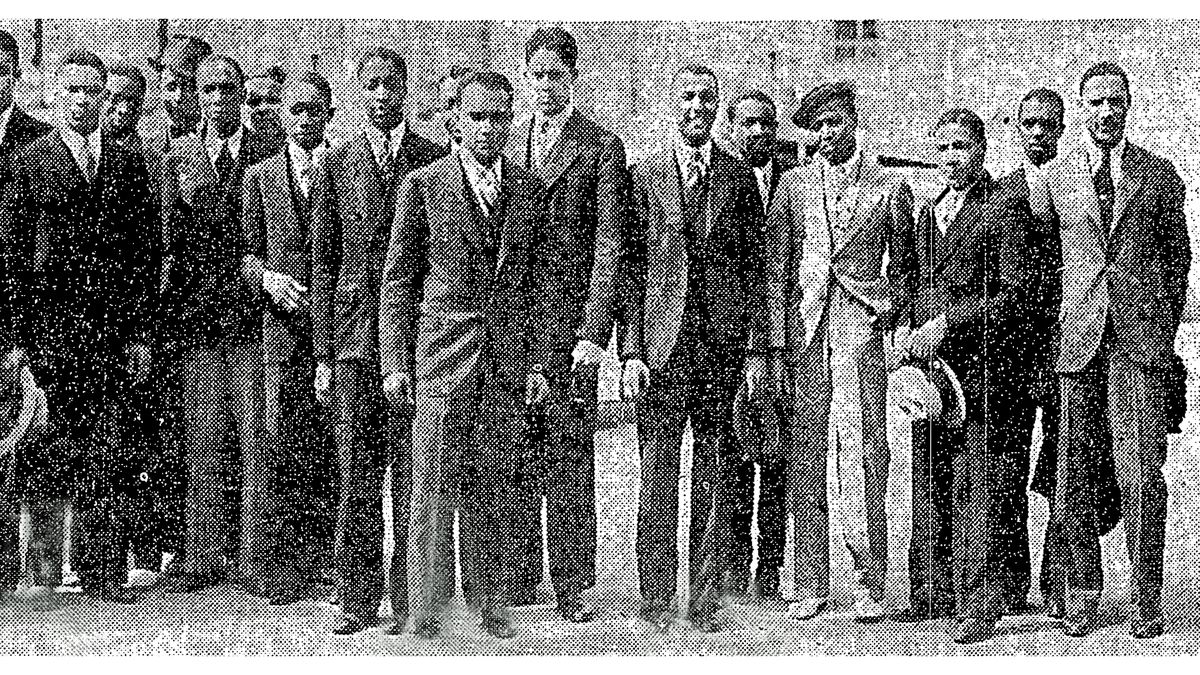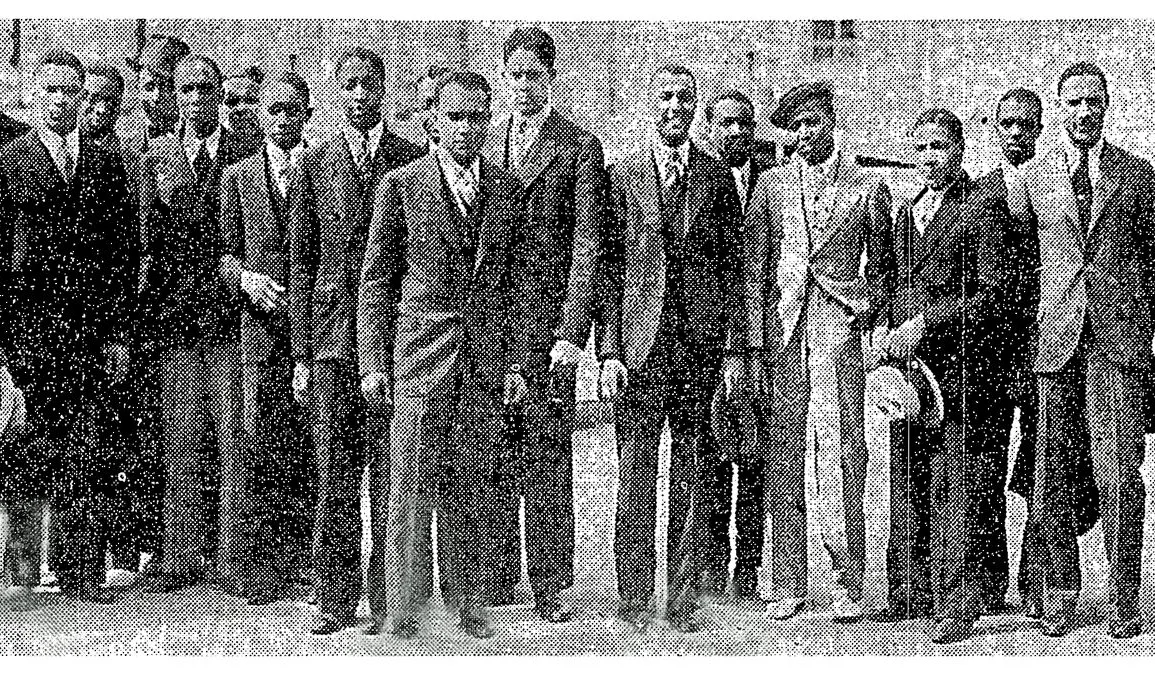
The year was 1902, and the National Afro-American Council (NAAC) meeting in Louisville, Kentucky, was about to become a pivotal moment in the African American civil rights movement. Organized by St. Paul lawyer Fredrick McGhee, the event aimed to unite the organization and bolster its national influence.
A Coup and a Rift
But the meeting took an unexpected turn when supporters of Booker T. Washington, the influential educator and leader, staged a coup. They managed to replace T. Thomas Fortune, the current NAAC president, with Washington’s financially dependent ally. This sudden shift in power caused widespread uproar and exposed deep-seated tensions within the movement.
The Du Bois-Washington Divide
At the heart of this divide were two prominent figures: W.E.B. Du Bois, a Harvard-educated sociologist and activist, and Booker T. Washington. Du Bois advocated for social and political equality for African Americans, while Washington emphasized economic progress through vocational education and gradual integration.
This ideological rift highlighted the differing approaches to civil rights within the movement. Du Bois’s vision called for direct confrontation of racial injustice, while Washington sought to build economic power and slowly gain acceptance in white society.
The Birth of the Niagara Movement and the NAACP
In response to Washington’s growing influence, William Trotter, editor of the Boston Guardian, broke publicly with him. In 1905, Trotter, Du Bois, McGhee, and others formed the rival Niagara Movement, which demanded full civil and political rights for African Americans.
The Niagara Movement laid the foundation for the creation of the National Association for the Advancement of Colored People (NAACP) in 1910. The NAACP would go on to become one of the most influential civil rights organizations in American history, fighting for desegregation, voting rights, and criminal justice reform.
More than a century later, the events of the 1902 NAAC meeting continue to resonate, reminding us of the complex and often contentious history of the African American civil rights movement. As we reflect on this past, we can better understand the ongoing struggle for justice and equality in our society today.
Key Points:
- The 1902 National Afro-American Council (NAAC) meeting in Louisville, Kentucky, was a turning point in the African American civil rights movement.
- Booker T. Washington’s supporters staged a coup, installing his ally as the next NAAC president and causing a rift in the movement.
- W.E.B. Du Bois advocated for social and political equality, while Washington focused on economic progress, highlighting differing approaches within the movement.
- In response, the Niagara Movement was formed in 1905, which led to the creation of the National Association for the Advancement of Colored People (NAACP) in 1910.


